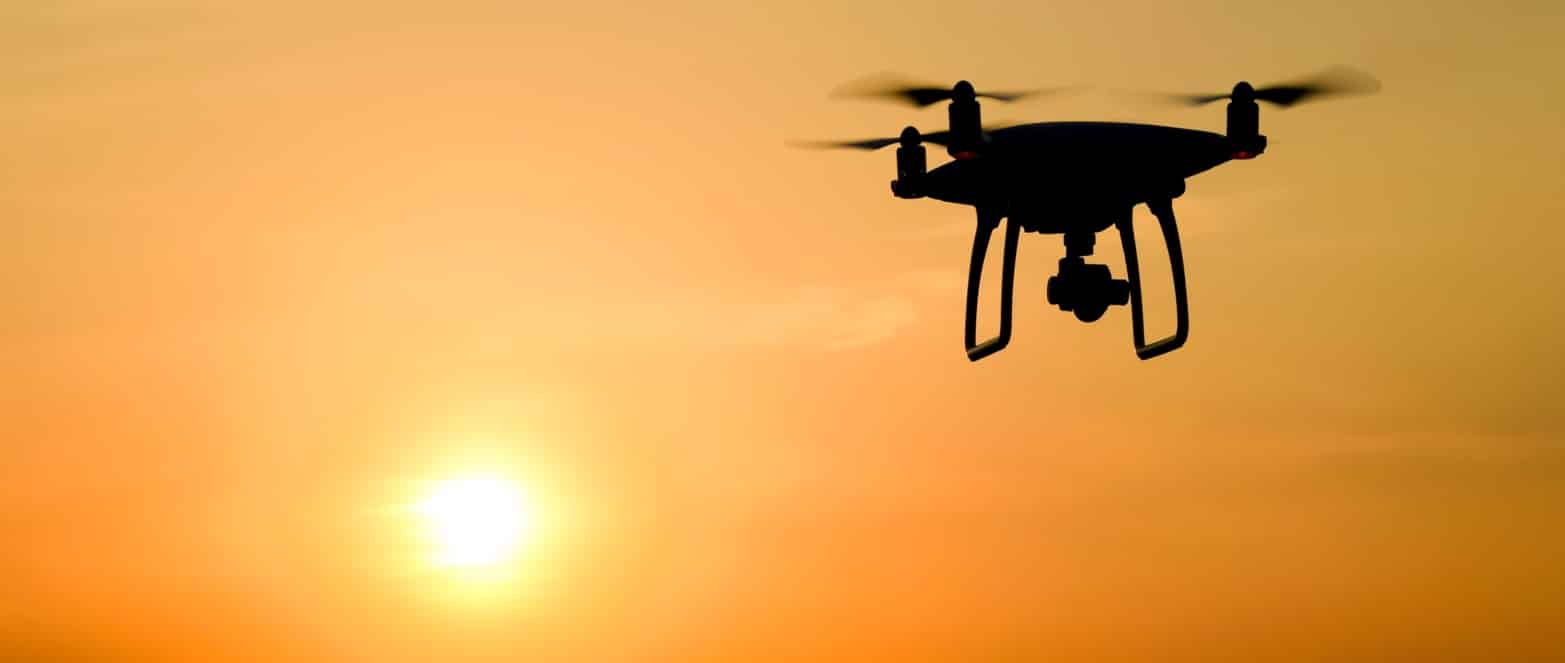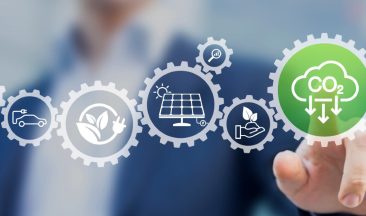Whether you call them Unmanned Aerial Vehicles (UAVs), Miniature Pilotless Aircraft, or Flying Mini Robots, drones for commercial uses are rapidly growing in popularity. The familiar buzz of personal use drones for leisure purposes has become commonplace.
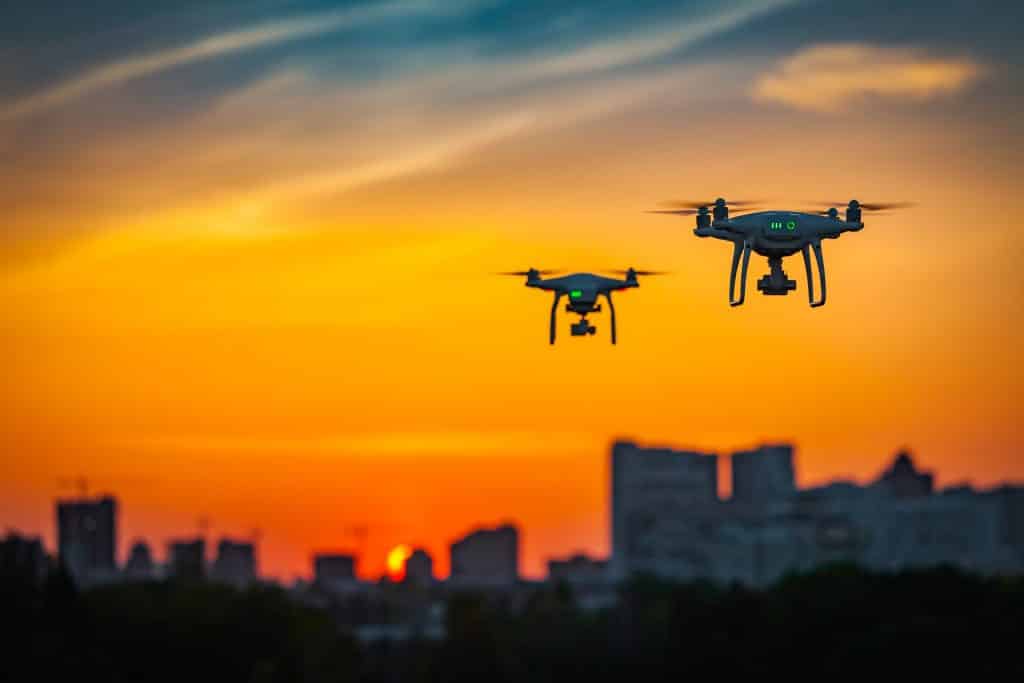
What are Drones?
Drones are unmanned aerial vehicles (UAV’s ), without any human pilot, crew, or passengers on board. They usually consist of a two-way communication system and a ground-based controller
UAVs may operate under remote control by a human operator, like remotely piloted aircraft (RPA), or with various degrees of autonomy, such as autopilot assistance, up to fully autonomous aircraft that have no provision for human intervention.
The main advantage of drones naturally lies in their flying ability, which gives them easy and accurate access to locations over great distances or heights. This ability neutralizes the effect of challenging land conditions — drones can easily and quickly fly over unpaved roads, water obstacles, and uneven terrain.
Queen Bee – de Havilland Drone
Did you know that the word drone was coined when a de Havilland DH82B “Queen Bee” biplane was used as an unmanned aerial vehicle (UAV) and gave the drone its iconic name back in 1935? This early drone was radio-controlled and used for target practice by artillery gunners.
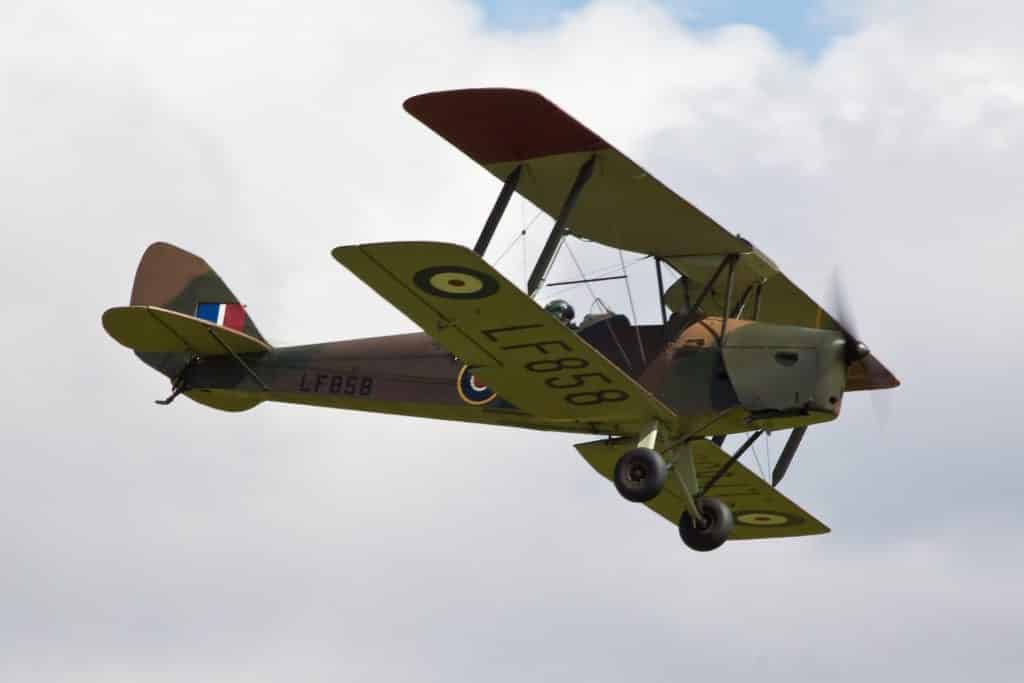
History of Drones
Drones or UAVs were originally developed through the twentieth century for military missions that were too “dull, or dangerous for humans”, and by the twenty-first century, they had become essential assets to most militaries.
Their history can be traced back to when Venice was fighting for independence from Austria in 1849 where hot air balloons were used to drop bombs through 1918 when pilotless radio-controlled aircraft were developed by the United States Army during World War 1.
After the eponymous Queen Bee development during World War 2, drones were used for miscellaneous purposes like leaflet dropping.
Commercial Drone Usage
Commercial usage of drones is gaining steady momentum with multiple industries working with drones as innovative solutions to daily regular business functions. The drone services market size is expected to grow from $4.4 billion in 2018 to $63.6 billion by 2025.
Parcel Deliveries
As it becomes cheaper to customize commercial drones, the door has opened to allow new functionality in a wide array of niche spaces. Recently Amazon announced that it will start parcel deliveries in the US to its customers using drones with a maximum payload of 2.3 kg and recently delivered its first Prime Air packages in Cambridge, England. DHL has similar plans for package services.
Manufacturing Inspection and Asset Management
Industry 4.0 and the Internet of Things have made the use of drones invaluable in manufacturing industries for asset inspection, maintenance, intracompany transportation of material and parts, and inventory taking.
The most prominent application will be the use for inspection and maintenance purposes since a drone equipped with radar or laser scanners, IR- or stereoscopic cameras allows for easy detection of anomalies or defects in industry equipment.
Dangerous or Difficult Areas
Drones are especially suited for areas such as refineries, pipelines, mines, oil rigs, or other large facilities, where human inspection is either dangerous or incomprehensive since not all areas can be reached. Therefore, drones help to avoid lengthy, risky, and costly human inspections.
Intra-Company Transportation
Innovative solutions using drones are now employed in intra-company transportation i.e. the transportation of parts or material between adjacent plants of one firm. Inventory is another field of application for drones that are equipped with barcode or RFID scanners for parts recognition and enumeration and transmitting the data to the inventory management system, thereby making manual inventory taking obsolete.
Livestock and Crop Management
Thermal sensors can be integral in surveillance or security applications, such as livestock monitoring or heat-signature detection. Sensors can help identify minerals and vegetation and are ideal for use in crop health, water quality, and surface composition.
Drones can assist farmers by measuring and recording the height of crops. They use a remote sensing technology called Lidar that illuminates the crop with a laser and calculates the distance by measuring what is reflected.
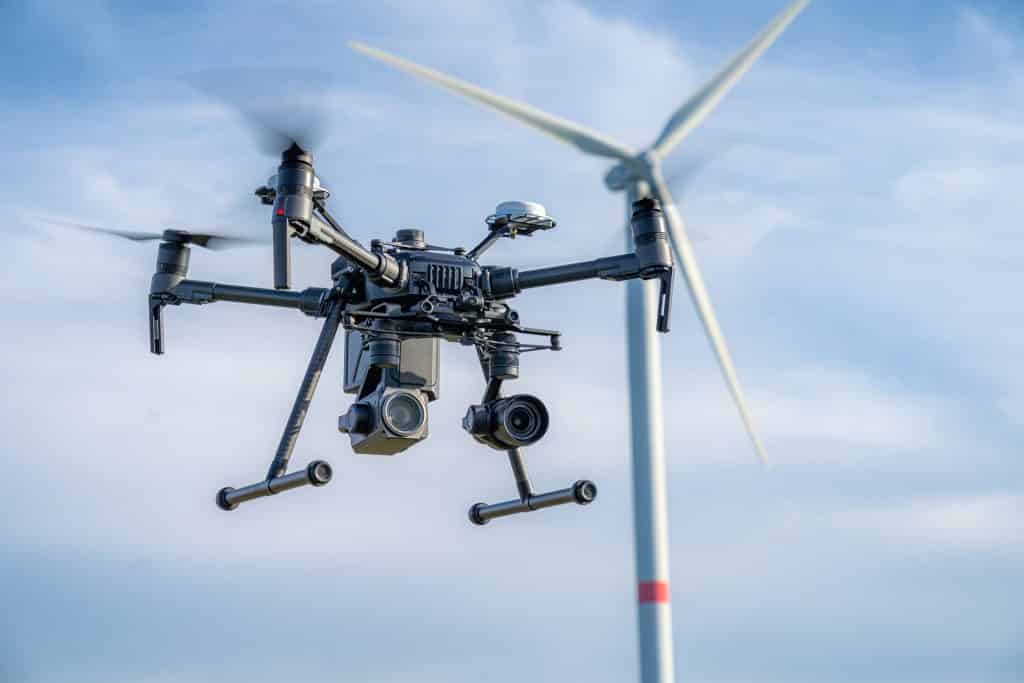
Industry 4.0 and Drone Technology
Industry 4.0 has paved the way for a world where smart factories will automate and upgrade many processes using some of the latest emerging technologies. Drones can help the industry in automatable and tedious tasks, like the ones performed regularly for determining the inventory and for preserving item traceability.
The integration of drones and internet of things (IoT) technology has created numerous enterprise use cases. The data collected by the drones can be processed for preventive maintenance purposes and better management of the assets by integration with Industry 4.0 applications, Big Data, and using RFID identification chips.
You may be interested in:
One Step Ahead: Artificial Intelligence at ICL
ICLs use of Drones
At ICL we use Industry 4.0 Innovative Advanced Technologies which include drones as an effective tool for inspection routines, emergency, and control assignments allowing for improved performance while saving time and money.
ICL’s new elite unit isn’t human — new drones used at company sites carry sensitive equipment, monitor all activities from above, and save human employees from the need to work in dangerous environments.
Along with the use of GPS, and with their remote-control abilities to communicate possible hazards, drones seize precise data which we use to optimize our operations and prevent accidents.
ICL’s Innovation and Operational Excellence unit, in one of ICL’s sites, conducted a successful pilot using drones. After this initial success, the pilot was expanded and was fully implemented in two of ICL’s sites in Israel – Dead Sea Works and Rotem. Drones are expected to serve ICL in diverse ways, starting with the inspection of high-voltage networks and batteries, through the monitoring of equipment and security patrols, and ending with the delivery of spare parts (up to 10kgs).
ICL’s innovation ecosystem is fully resourced with our knowledge, experience, global presence, and dedication to transform new ideas and technologies into tomorrow’s solutions.
The Future of Drones
PricewaterhouseCoopers has valued the drone-based businesses service market at more than $127 billion, with the top industries being infrastructure at $45.2 billion, agriculture at $32.5 billion, and transportation at $13.0 billion. Medicines can be transported from pharmacies to care homes using drones, as successful test flights conducted in Waterloo, Ontario, have shown.
Ongoing technological advances, such as algorithms to avoid obstacles and planned network configuration, increasingly allow pilots to fly their aircraft beyond the visual line of sight (VLOS), thus opening the option of autopilot. Federal and local governments are now optimizing drone-related regulations to ensure aviation safety. This will enable everyone to benefit as the industry matures.
Drones are a powerful resource that can reduce on-site labor, provide professionals with a better understanding of the data, as well as opening new services – and hence improving the quality of life.
